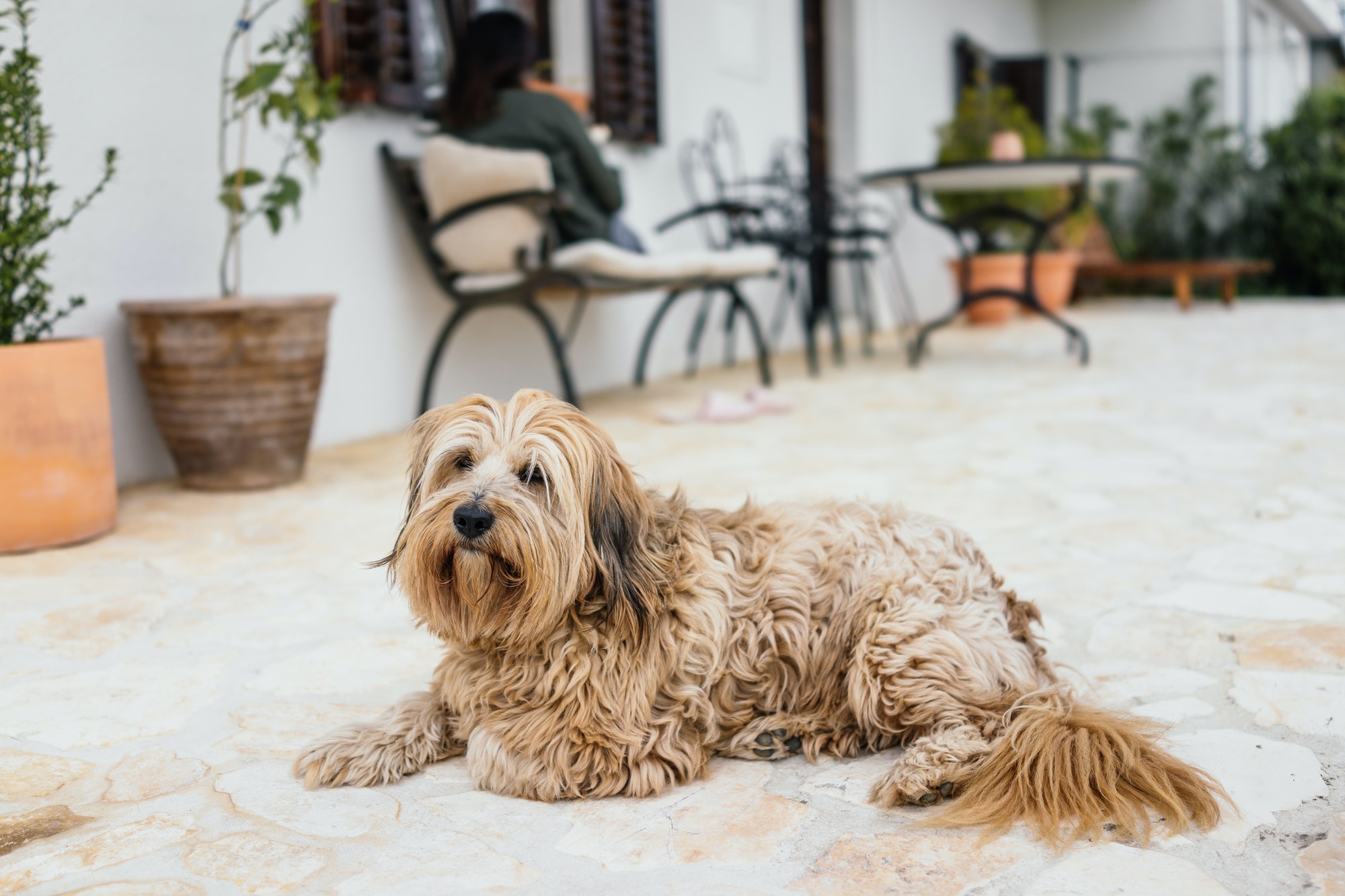So you have decided to take the big leap and make the move to Australia? Believe it or not, we can totally vouch for it!
If you’re anything like me, bringing your furbaby/s with you is not even a question. These adorable, love-able, life-enhancing little creatures have as much a place in your heart as most humans and they deserve to come along for the ride too….but….how exactly?
Here we cover some of your most pressing questions on moving your pets to Australia:
- Am I allowed to bring my pet from my country?
- How long will my pet be in quarantine?
- How much does it cost?
- Should I use a specialised pet import agent to help?
- Are all dogs and cats allowed into Australia?
- Where to begin?
Am I allowed to bring my pet from my country?
Your country will be categorised into one of three groups eligible to import pets into Australia. These three groups are based around your country’s rabies status. They each have different conditions for bringing pets into Australia.
The groups are as follows:
Countries: New Zealand; Norfolk Island; Cocos Islands
Countries: American Samoa, Bahrain, Barbados, Christmas Island, Cook Island, Falkland Islands, Federated States of Micronesia, Fiji, French Polynesia, Guam, Hawaii, Iceland, Japan, Kiribati Mauritius, Nauru, New Caledonia, Niue, Palau, Papua New Guinea, Samoa, Singapore, Solomon Islands, Kingdom of Tonga, Tuvalu, Vanuatu, Wallis and Futuna
Countries: Antigua & Barbuda, Argentina, Austria, Bahamas, Belgium, Bermuda, British Virgin Islands, Brunei, Bulgaria, Canada, Canary and Balearic Islands, Cayman Islands, Chile, the Republic of Croatia, the Republic of Cyprus, Czech Republic, Denmark, Finland, France, Germany, Gibraltar, Greece, Greenland, Guernsey, Hong Kong, Hungary, Ireland, Isle of Man, Israel, Italy, Jamaica, Jersey, Kuwait, Latvia, Lithuania, Luxembourg, Macau, Malta, Monaco, Montenegro, the Netherlands, Netherlands—Antilles & Aruba, Norway, Poland, Portugal, Puerto Rico, Qatar, the Republic of South Africa, Reunion, Saipan, Serbia, Seychelles, Slovakia, Slovenia, South Korea, Spain, St Kitts and Nevis, St Lucia, St Vincent & the Grenadines, Sweden, Switzerland (including Liechtenstein), Taiwan, Trinidad and Tobago, the United Arab Emirates, the United Kingdom, the United States (including the district of Columbia, Northern Mariana Islands, Puerto Rico and the US Virgin Islands Remaining
If you cannot find your country in one of the groups above, you will be classified as a”non-approved” country. Animals are not eligible for direct import to Australia but you may be able to go through one of the groups above. Find out more about non-approved countries here.

 Points Test
Points Test
 Book Now
Book Now 






